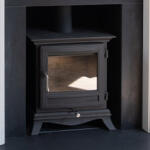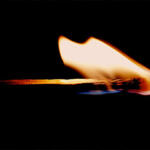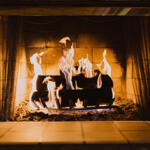

Things to consider when starting a fire
Many households in the UK still use traditional fireplaces to heat the home, using coal and logs to light them. Whilst a fireplace can be a great way to heat your home (and can be more cost-effective than using your central heating), it is important to make sure you are using it safely. Listed below are several things to consider when starting your fire.
Things to consider before lighting your fire
Inspect your fire
It may be tempting to jump straight in and get your fire set up and ready for lighting, but the first thing you should do is make sure the fire and chimney are both in good condition, especially if they haven’t been used for a while. It’s recommended that your fireplace and chimney are inspected once a year by a trained professional to make sure there aren’t any blockages or any damage, which could lead to a leak of toxic gases or a chimney fire. Make sure you have a fireguard and any flammable materials are moved away from the fire area beforehand.
Things to consider when starting your fire
Avoid flammable liquids You should never use any flammable liquids not designed for starting a fire, for example, kerosene, nail varnish remover, lighter fluid, or any substances containing alcohol, as these things can cause the fire to get out of control very quickly. Other flammable liquids around the home include rubbing alcohol, paint thinner, turpentine, linseed oil and aerosol cans. If a flammable liquid is spilled on your property, do not light any fires or use any electrical devices that can cause a spark. Instead, ventilate the property by opening a window and clearing the spill up completely.
Use dry wood
It’s a good idea to use some dry pieces of wood on your fire, as this will prevent a soot build-up and will help to retain heat. However, make sure you don’t burn too much wood at any time, as this can cause a build-up of tar and creosote within your chimney, which can be a fire hazard.
